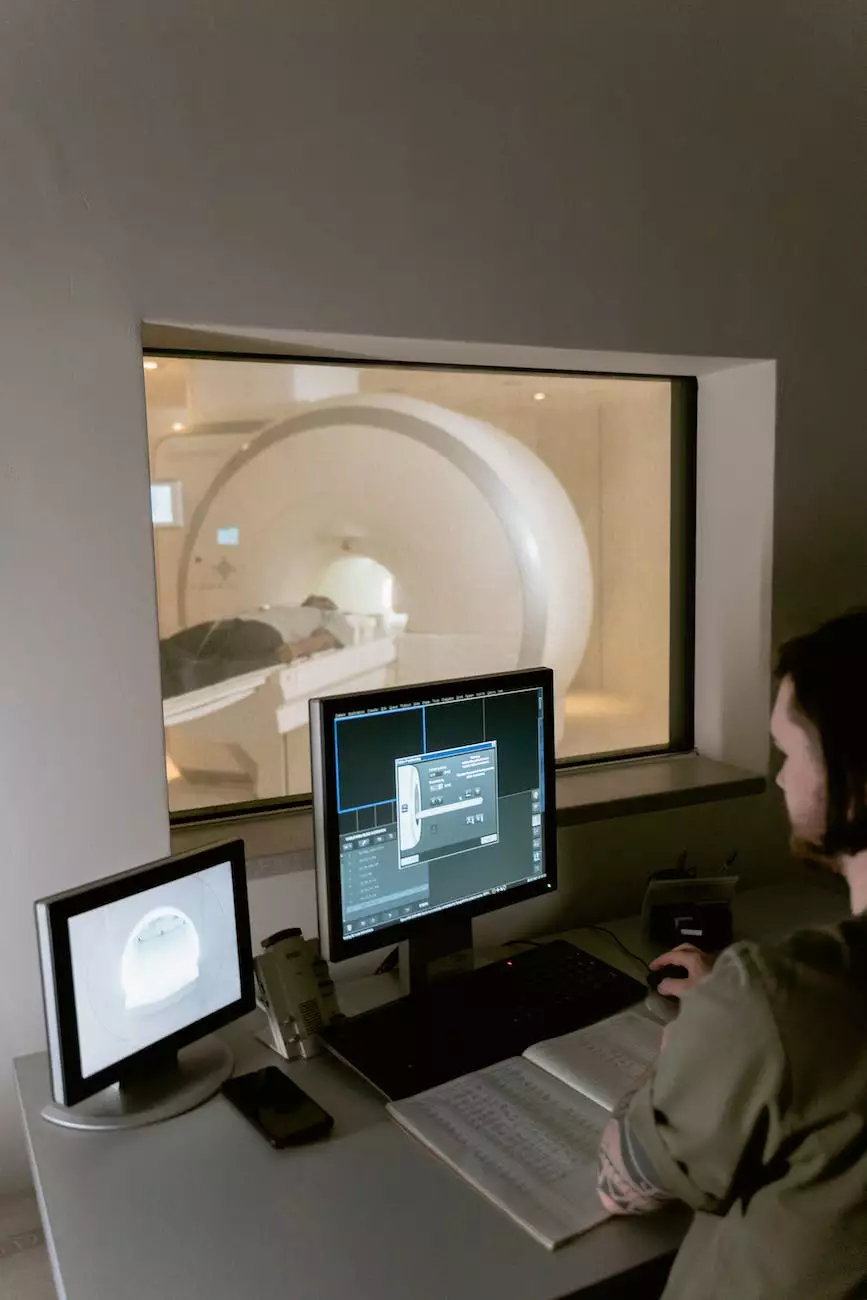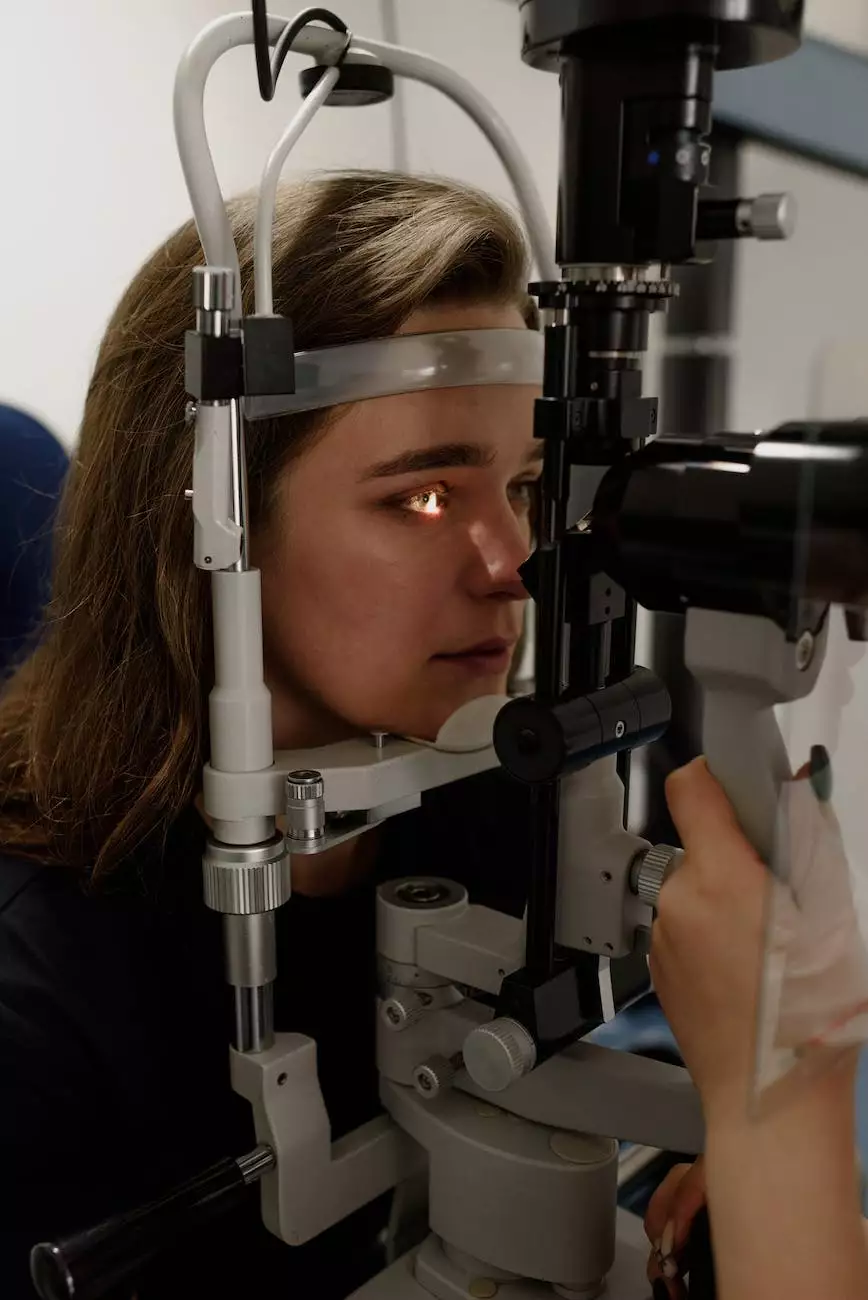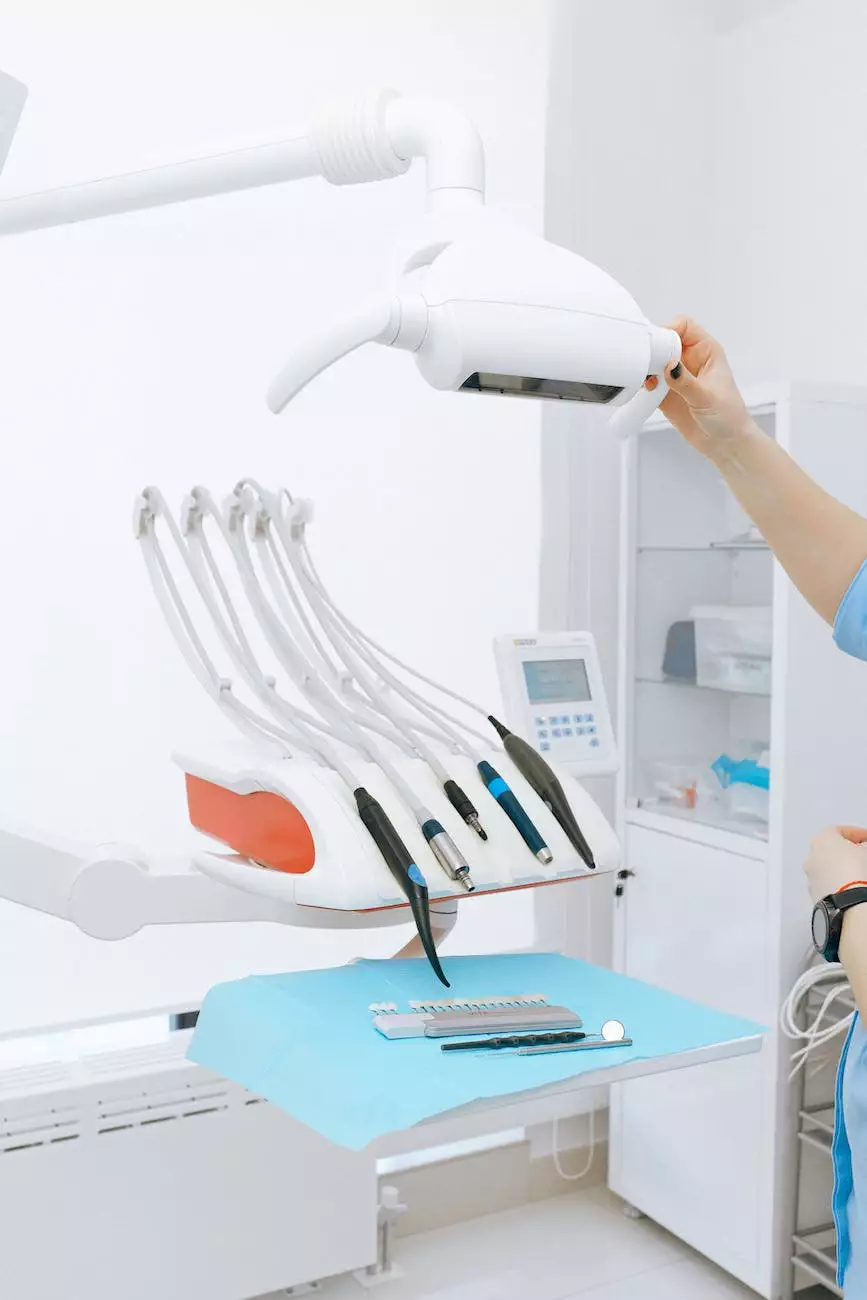Referral Guidelines - Breast Disease in Men
Patient Intake
Introduction
Welcome to the Referral Guidelines - Breast Disease in Men page at Sibel Blau. As a leading provider in the field of oncology and breast health, we strive to provide comprehensive and up-to-date information regarding breast conditions in men. This guide aims to assist healthcare providers in the accurate diagnosis, proper referral, and effective management of breast diseases in male patients.
Understanding Breast Disease in Men
While breast cancer is more commonly associated with women, men can also develop breast conditions that require timely intervention. It is important to be aware of the risk factors, signs, and symptoms associated with breast diseases in men. By recognizing these factors, healthcare providers can ensure early detection and appropriate treatment for male patients.
Risk Factors
Men with certain risk factors are more susceptible to developing breast conditions. These include:
- Advancing age
- Family history of breast cancer
- Genetic mutations (such as BRCA2)
- Exposure to estrogen-related medications or treatments
- Liver disease
Signs and Symptoms
Early detection of breast disease in men is crucial for successful treatment outcomes. Some common signs and symptoms include:
- Lump or swelling in the breast tissue
- Nipple discharge or changes, including inversion or retraction
- Redness, scaling, or ulceration of the breast skin
- Dimpling or puckering of the skin
- Enlarged lymph nodes in the armpit
- Unexplained pain or discomfort
Diagnostic Procedures
When a male patient presents with potential breast abnormalities, healthcare providers must follow established referral guidelines to ensure proper diagnosis. Various diagnostic procedures may be employed, including:
Clinical Examination
The initial step in diagnosing breast diseases in men involves a thorough clinical examination. This examination includes:
- Medical history assessment
- Physical examination of the breast and surrounding areas
Imaging Tests
To further investigate the breast abnormalities, imaging tests such as mammography, ultrasound, or MRI may be recommended. These tests help evaluate the size, location, and characteristics of the breast mass, providing valuable information for accurate diagnosis and treatment planning.
Tissue Biopsy
If the imaging tests indicate the presence of a suspicious mass, a tissue biopsy is necessary for definitive diagnosis. Biopsy procedures, such as core needle biopsy or surgical excisional biopsy, are performed to collect a tissue sample for pathological analysis.
Treatment and Management
The treatment options for breast disease in men depend on various factors, including the stage of the disease, the extent of spread, and the overall health of the patient. Treatment modalities may include:
Surgery
Surgical intervention plays a key role in the management of breast conditions in men. The surgical options range from lumpectomy (removal of the tumor and some surrounding tissue) to mastectomy (removal of the entire breast). The choice of surgery depends on the individual case and is determined in close consultation between the patient and the surgical team.
Radiation Therapy
After a surgical procedure, radiation therapy may be recommended to eliminate any remaining cancer cells in the breast area. Radiation therapy utilizes high-energy X-rays or other forms of radiation to target and destroy cancer cells while minimizing damage to healthy tissues.
Chemotherapy
Depending on the stage and characteristics of the breast disease, chemotherapy may be administered to eradicate cancer cells and prevent their spread to other parts of the body. Chemotherapy drugs can be given orally or through intravenous infusion, helping to achieve systemic control over breast cancer.
Hormone Therapy
Hormone receptor-positive breast conditions in men may be managed with hormone therapy. Medications block the effects of estrogen on the cancer cells, suppressing their growth and reducing the risk of disease progression.
Targeted Therapy
In some cases, targeted therapy drugs specifically designed to target certain molecular abnormalities may be used. These medications aim to disrupt the signaling pathways that drive the growth and proliferation of cancer cells, leading to improved treatment outcomes.
Conclusion
As healthcare providers, it is essential to familiarize ourselves with the referral guidelines for breast disease in men. By promptly recognizing the risk factors, signs, and symptoms, we can initiate the appropriate diagnostic procedures and facilitate timely treatment. Sibel Blau is dedicated to supporting healthcare professionals in their pursuit of accurate diagnoses and effective management strategies in male breast conditions. By staying informed and following evidence-based practices, we can collectively improve outcomes for our male patients.
For more information on referral guidelines and comprehensive breast healthcare services, please visit the Sibel Blau website or contact our dedicated team of experts.










